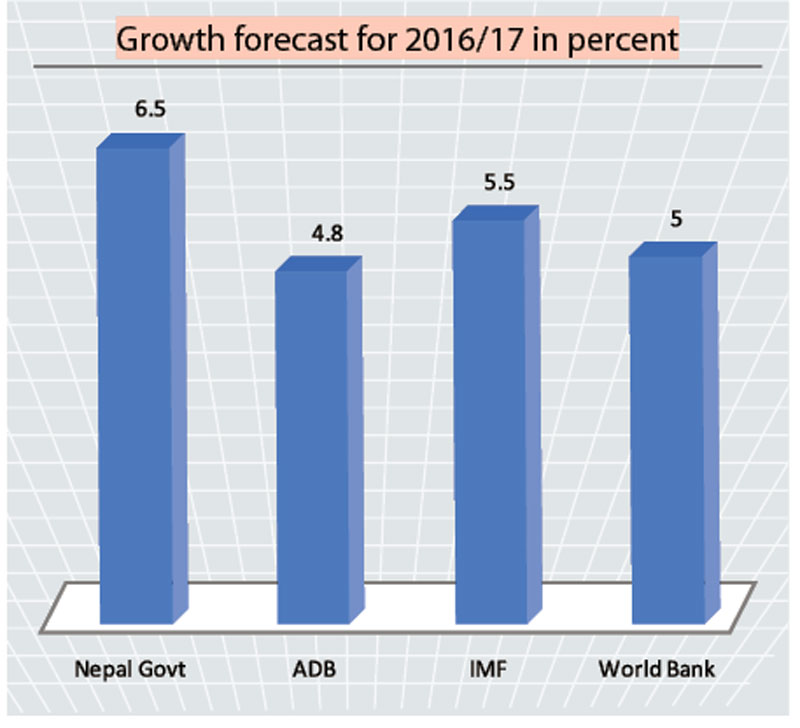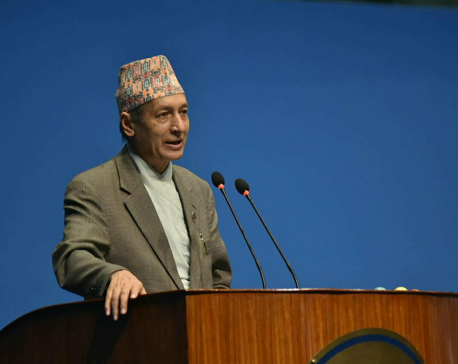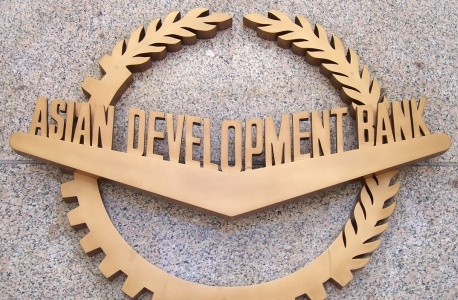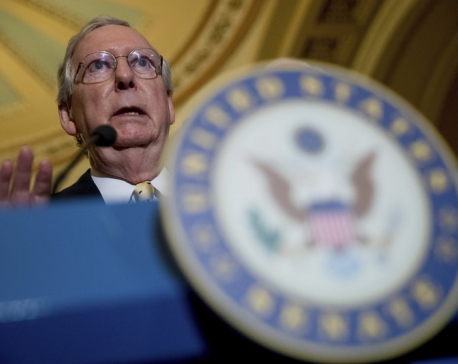
OR
Why do the economic growth forecasts differ?
Published On: January 24, 2017 12:50 AM NPT By: Sagar Ghimire | @sagarghi

KATHMANDU, Jan 24: The International Monetary Fund (IMF) has said that the Nepali economy will grow by 5.5 percent in Fiscal Year 2016/17. The World Bank (WB) has a different estimate: 5 percent. In a more conservative estimate, the Asian Development Bank (ADB) has forecast that Nepal's economy will grow only by 4.88 percent. And, the government has set economic growth target at 6.5 percent.
Economy growth forecasts by different institutions differ hugely even though all of them use the same data of Nepal Rastra Bank (NRB), leaving many to wonder which growth forecast to rely on.
Why is there so much discrepancy in growth projection? Economists say that the way the growth rate is calculated and estimated results into such inconsistency. “
"Multilateral institutions like the World Bank, the ADB and the IMF take into consideration macroeconomic figures like credit expansion, revenue collection, and import and export data, among others, when they make such estimates, while the government and the Central Bureau of Statistics (CBS) set growth target largely on sectoral basis like agriculture, service and tourism," Rameshwar Khanal, an economist and a former finance secretary, told Republica.“
"So, the growth forecast differs among various institutions as well as with the target that the government and the CBS s”t."
However, some economists argue that it does not necessarily mean that their figures should match as these all are forecasts.
The World Bank, the IMF and the ADB make their economic growth forecast always lower than the government forecasts, while the government sets optimistic growth rate“
"Since all of these institutions come up with their own projection based on different sets of database of the government and Nepal Rastra Bank and on different dates, there are discrepancies on their forecasts," Yubaraj Khatiwada, a former vice chairman of National Planning Commission, said.“
"The IMF's growth estimate is based on a rigorous assessment and calculation of the available data, while institutions like the World Bank and the ADB make forecast largely on an ad-hoc basis," Khatiwada, who is also a former governor of Nepal Rastra Bank (NRB), said.
However, all of these growth forecasts have some common attributes. They have pointed out favorable monsoon, rebound in economic activities following the earthquakes of 2015, Tarai turmoil and subsequent unofficial economic blockade by India, rising government spending, as well as reconstruction gaining momentum in recent months for optimistic economic outlook.
The devastating 2015 earthquakes and the unofficial economic blockade had pushed down Nepal's economic growth by 0.8 percent in Fiscal Year 2015/16.
You May Like This

Economic survey presented, projection of 5.9 economic growth
KATHMANDU, May 27: Finance Minister Dr Yuba Raj Khatiwada presented the economic survey of the current fiscal year and annual status... Read More...

ADB forecasts 4.7 percent economic growth for Nepal
KATHMANDU, Sept 27: Asian Development Bank (ADB) has forecast the Nepali economy to grow only by 4.7 percent in Fiscal Year... Read More...

5 reasons why health care bill would fail, 3 why it may not
WASHINGTON, July 24: There are many reasons why the Senate will probably reject Republicans’ crowning bill razing much of former President... Read More...







Just In
- NRB to provide collateral-free loans to foreign employment seekers
- NEB to publish Grade 12 results next week
- Body handover begins; Relatives remain dissatisfied with insurance, compensation amount
- NC defers its plan to join Koshi govt
- NRB to review microfinance loan interest rate
- 134 dead in floods and landslides since onset of monsoon this year
- Mahakali Irrigation Project sees only 22 percent physical progress in 18 years
- Singapore now holds world's most powerful passport; Nepal stays at 98th











Leave A Comment